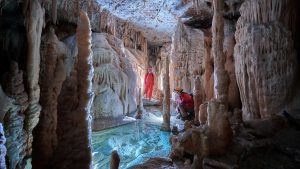
Postojna Case Study
Multilevel caves (> 20.5 km) with historic entrances, unique habitat for troglobitic species, example of regeneration and valorisation. UNESCO submitted 2015 (natural). Area: Postojna Caves, managed by
U4V adopts a case-study approach in order to favour the comparison of similar UBH in different economic, social, political and cultural contexts, testing common practices and/or similar financial schemes as a proxy of existing benchmarks and/or strong cultural influences in planning and development.
In addition, going on-field helps U4V to interact with local communities, disseminate innovative thinking and support them to explore alternative social trajectories in an adaptive, forward-looking manner.
This activity is carried out during STSMs, workshops and in particular in the training schools, where trainers and trainees work together on specific topics, producing a yearly publication.
A “Knowledge-base for case-studies”, with investigation methodology, history background, bibliography, main stakeholders, problems, perspectives can be downloaded here
Every year, the MC selects four case studies from a list of candidated sites.
For candidating your site, please fill the template and mail to the Action Chair

Multilevel caves (> 20.5 km) with historic entrances, unique habitat for troglobitic species, example of regeneration and valorisation. UNESCO submitted 2015 (natural). Area: Postojna Caves, managed by
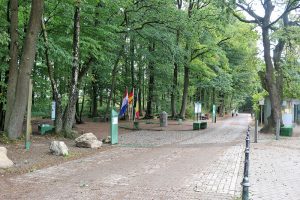
Host institution: Euregio Maas-Rhein EGTC – Dreilaenderpark + Lab. Ville Territoire Paysage (City-Territory-Landscape) – Faculty of Architecture – University of Liège Contact person: Dr. Anja Brüll
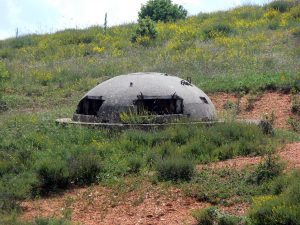
Host institution: University of Tirana Contact person: Klodiana Gorica, Ermelinda Kordha The proposed case study is related to one of the nonformal symbolics of Dictatorship period
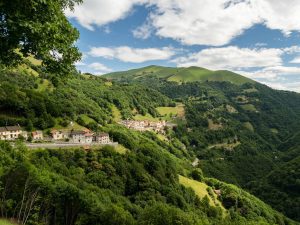
Host institution: Museo etnografico della Valle di Muggio, CH-6838 Cabbio Contact person: Mark Bertogliati The Muggio Valley covers an area of around 50 km2 across
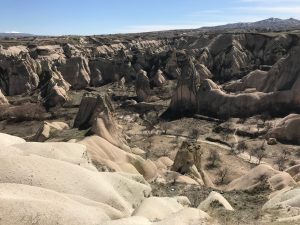
Host Institution: Middle East Technical University (METU), Ankara (TR) Contact person: Müge Akkar Ercan Göreme, a small town with a population of 2,000, is situated in the heart
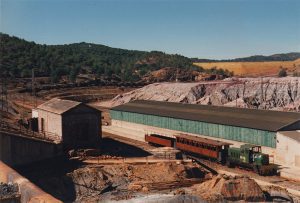
Host Institution: University of Murcia (UMU), Murcia (ES) Contact person: Susana Martinez-Rodriguez Historical mining site (3000 years) linked to the flamenco dance tradition, celebrated in the International
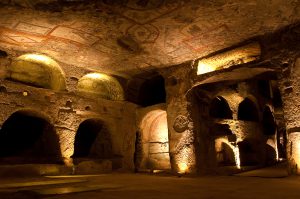
More than 800 Modern Ages tuff caves used to build the city centre, 3000 water cisterns, 180 km of aqueducts and tunnels, catacombs, cemeteries, tombs,
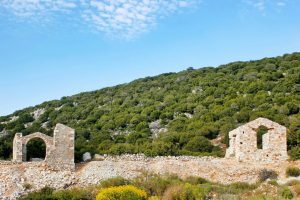
Host institution: Municipality of Paros, Paros, EL Contact person: Ms Konstantina Alipranti The ancient quarries, near the village of Marathi, were in operation from the EarlyCycladic period
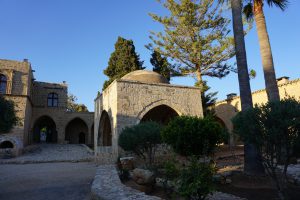
Hosting Institution: The Cyprus Institute (CY) Contact person: Mia Trentin The monastery of Ayia Napa is located on the south-east coast of Cyprus, the most touristic area
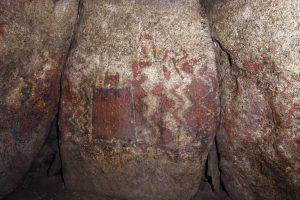
Host institution: University of Aveiro (PT) Contact person: Alice Tavares Costa The Dólmen de Antelas is in the municipality of Oliveira de Frades, Viseu district, in the
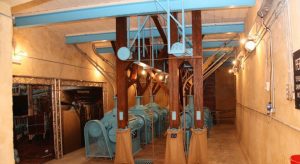
The underground flour mills are an example of industrial heritage created in the 1950s by the British colonial authorities in Malta. The concept behind their
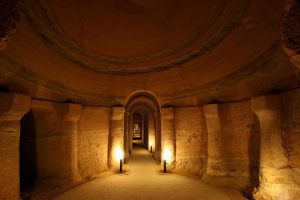
Host institution: Municipality of Camerano, Camerano (AN), IT Contact person: Dr. Ilaria Fioretti The underground complex of Camerano is a known local heritage and a landmark for
Action Chair: Giuseppe Pace
Action Vice Chair: Susana Martinez-Rodriguez
Science Communication Manager: Tony Cassar
Grant Holder Manager: Patricia Sclafani
Webmaster: Olga Lo Presti
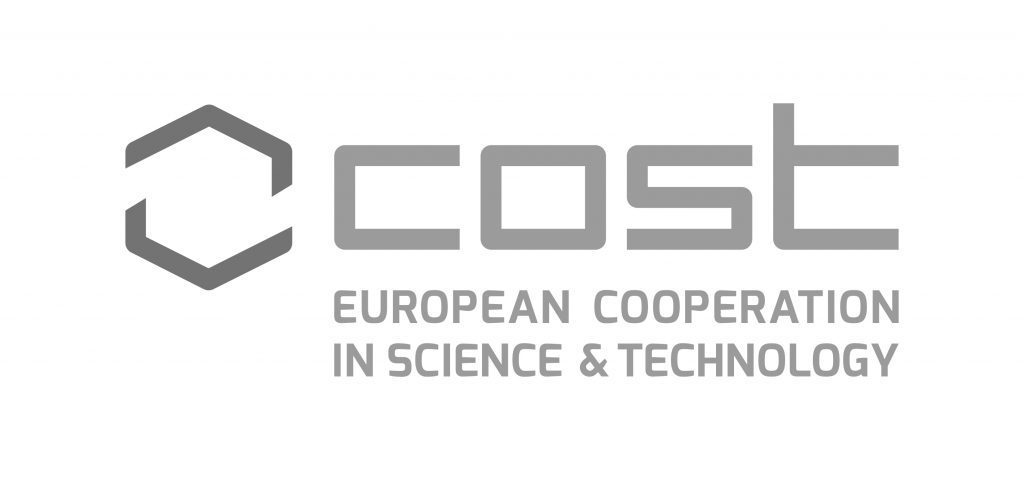

Webdesign by Digitisation Department at
